Your Journey to a Healthier Life Starts Here
Free Insurance Verification
Verify Your Treatment Coverage
Verify Your Treatment Coverage
Explore a comprehensive guide to 80 inpatient, 143 outpatient, and 69 detox centers across Arizona. Compare costs, reviews, and treatment options to find the perfect rehab facility for your needs.

 | A Better Today - Drug & Alcohol Rehab Resources PhoenixA Better Today – Drug and Alcohol Rehab Phoenix is a comprehensive addiction treatment center located in Phoenix, Arizona, dedicated to providing a full continuum of care for adults struggling with drug and alcohol addiction.Key Features and Services: Comprehensive Treatment Options: The center offers a range of services, including: Detoxification Residential treatment Partial hospitalization program (PHP) Intensive outpatient program (IOP) Counseling services Aftercare support Individualized Care: A team of qualified professionals conducts thorough mental health assessments to create personalized treatment plans tailored to each patient\'s unique needs. Evidence-Based Approach: Treatment incorporates evidence-based practices, including individual and group therapy, recovery support meetings, family counseling, skills training, and comprehensive discharge planning. Skill Development: Clients are taught new skills and behaviors to better manage their emotions, triggers, and stress, reducing the risk of relapse. Experiential Therapies: A variety of experiential therapies are offered, such as art therapy, music therapy, equine therapy, yoga, and meditation, enhancing the overall treatment experience. Amenities: The facility features private modern accommodations, luxury baths, semi-private bedrooms, comfortable lounge areas, and 24-hour care in a residential setting. Insurance and Payment Options: A Better Today accepts AHCCCS, various commercial insurance plans, and self-pay options. Financing may also be available, making treatment accessible to a broader range of individuals. Conclusion: A Better Today – Drug and Alcohol Rehab Phoenix is committed to providing effective and compassionate care for individuals facing addiction. With a comprehensive range of services and a focus on personalized treatment, they aim to support clients on their journey to recovery and lasting wellness. For more information about their programs or to inquire about admissions, please contact A Better Today directly. 4801 E McDowell Rd, Phoenix, AZ 85008 | Levels of Care:InpatientoutpatientIntensive Outpatient (IOP)Sober Living HomesMedically Assisted DetoxPartial Hospitalization Program (PHP) Payment Options:Private Insurance Self-Pay Options Military Insurance | ||
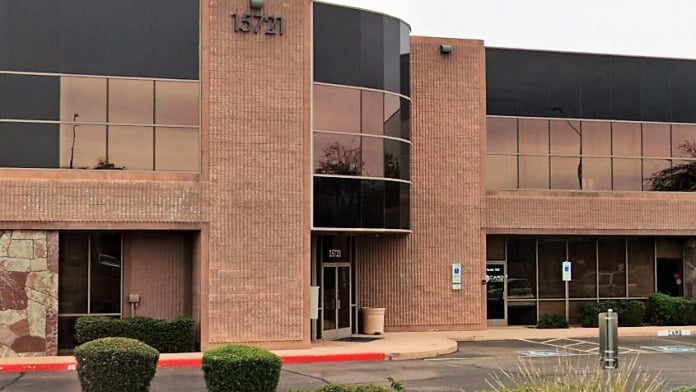 | A Better Today Recovery Services: Scottsdale, AZA Better Today Recovery Services offers comprehensive outpatient care designed to assist youth, adults, and families in need of addiction treatment. The center focuses on providing tailored support to meet the unique recovery needs and goals of each client.Key Features and Services: Personalized Assessments and Care Plans: Clients begin their journey with a comprehensive needs assessment, which helps in developing a personalized care plan tailored to their specific circumstances and recovery goals. Addiction Education: A Better Today Recovery Services emphasizes robust addiction education, helping clients understand the various factors that contribute to addiction, including: Physiological aspects Psychological influences Social and environmental factors Personal experiences This education is crucial in informing effective treatment strategies. Aftercare Services: The center provides aftercare services that ensure a complete continuum of care as clients transition through different stages of recovery. These services may include: Sober living transitional support for clients exiting inpatient care Facilitation of 12-Step programs Referrals for additional medical, mental health, and social service programs Insurance and Financial Options: A Better Today Recovery Services may collaborate with major insurance providers, including Aetna, Cigna, BlueCross BlueShield, and Humana, to help offset the costs of both inpatient and outpatient addiction treatment. Clients are advised to contact their provider to verify coverage, as out-of-network benefits can vary. Conclusion: A Better Today Recovery Services is dedicated to supporting individuals and families on their paths to recovery from addiction. With a focus on personalized care, education, and comprehensive aftercare services, they aim to empower clients to achieve lasting recovery. For more information about their programs or to schedule an assessment, please contact A Better Today Recovery Services directly. 15721 N Greenway Hayden Loop, Scottsdale, AZ 85260 | Levels of Care:outpatientMedically Assisted DetoxIntensive Outpatient (IOP)Sober Living HomesInpatient12-StepAftercare SupportPartial Hospitalization Program (PHP)Intervention Services24-Hour Clinical Care Payment Options:Medicare Medicaid Private insurance Self-Pay Options Financial Aid Military Insurance | ||
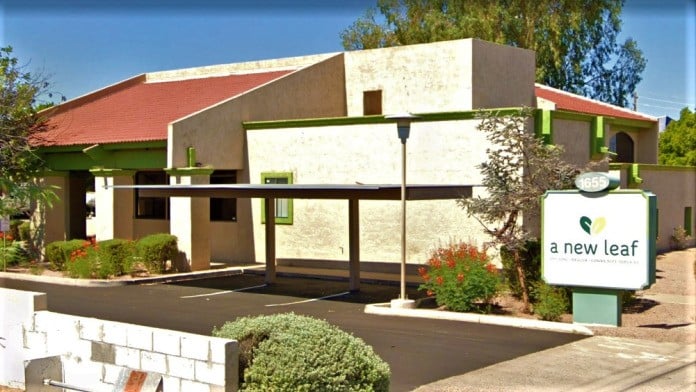 | A New Leaf - Dorothy B. Mitchell Counseling Center1655 East University Drive Suite 100 Mesa AZ, 85203 | Payment Options:Medicaid Self-pay options Sliding scale payment assistance | ||
A New Leaf - West Valley Community Behavioral Health Services8581 North 61St Avenue Glendale AZ, 85302 | Payment Options:Medicaid Self-pay options Sliding scale payment assistance Medicare | |||
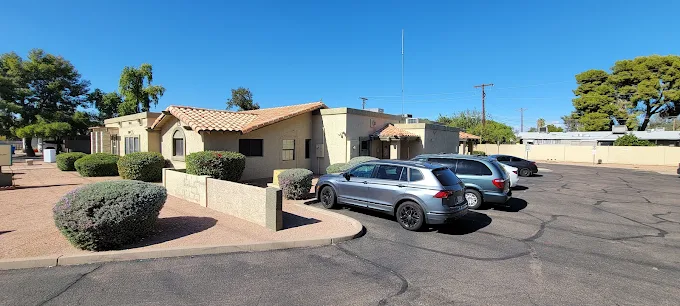 | A New Leaf | Administrative OfficeSince 1971, A New Leaf has been dedicated to supporting children, adults, and families facing challenges in life due to mental health crises, unexpected loss, or other significant life changes. Their mission is to provide essential support services to uplift individuals and families during difficult times.Key Features and Services: Compassionate Care: A New Leaf offers a variety of support services, including social support, mental health assistance, and educational workshops aimed at improving the overall quality of life for those in need. Community-Focused Approach: The organization is governed by a diverse board comprising community members such as educators, business owners, and residents. This ensures that A New Leaf remains attuned to the evolving needs of the community and provides quality programs and services. Connection to Resources: While A New Leaf does not offer dedicated substance abuse programs, they assist individuals in connecting with other organizations within the community for proper assessments and treatment options necessary for leading a healthy life. Specialized Support for Vulnerable Populations: A New Leaf specifically addresses the challenges faced by individuals struggling with addiction, particularly those experiencing housing, food, and financial insecurity. They recognize that many in recovery, especially women and children, may also be victims of domestic violence or lack parental support. Outpatient and Community-Based Services: Many services are offered in an outpatient setting, but staff members are also available to connect with clients in home or community settings, providing a more personalized approach to care. Accessible Care: The organization is dedicated to providing accessible care regardless of socioeconomic background or life challenges, including offering services in Spanish to ensure inclusivity. Conclusion: A New Leaf is committed to uplifting individuals and families through compassionate support and community engagement. By addressing the complex needs of those facing mental health challenges and connecting them to vital resources, A New Leaf plays a crucial role in fostering recovery and resilience within the community. For more information about their services or to inquire about support, please contact A New Leaf directly. 868 E University Dr, Mesa, AZ 85203 | Levels of Care:outpatientIntensive Outpatient (IOP)Intervention ServicesAftercare Support Payment Options:Medicare Medicaid Self-Pay Options |  | |
ABC Therapy1748 Highway 95 Suite 14 Bullhead City AZ, 86442 | Payment Options:Private insurance Self-pay options Medicare Military insurance | |||
 | Addiction Hypnotherapy4360 West Thunderbird Road Glendale AZ, 85306 | Payment Options:Self-pay options | ||
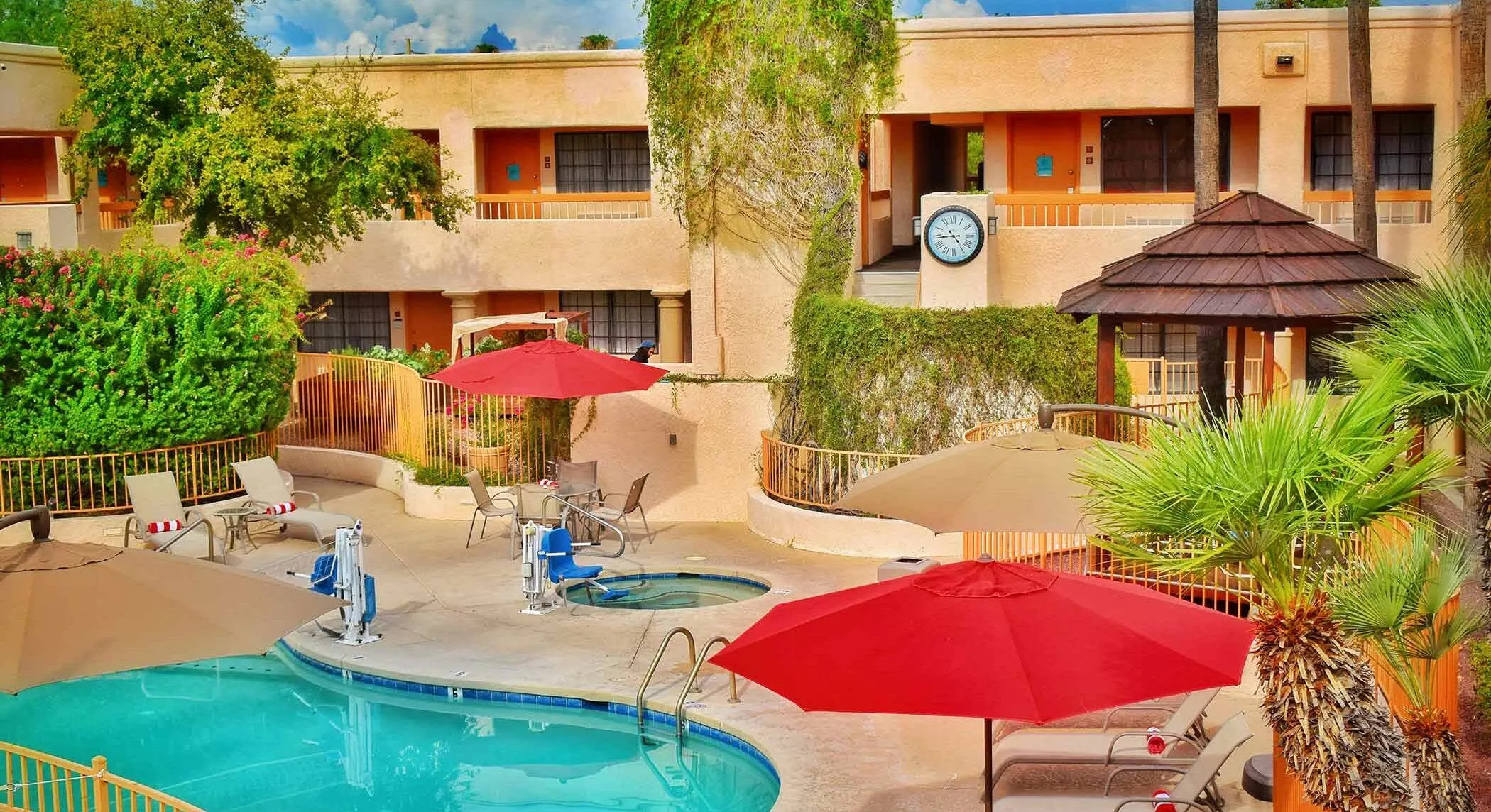 | Addiction Recovery CentersAddiction Recovery Centers, located at 3724 N. 3rd Street, Suite #201, Phoenix, AZ, is dedicated to providing comprehensive treatment solutions for individuals struggling with substance use disorders. Our facility offers a range of services, including detoxification, residential rehabilitation, outpatient programs, and aftercare support, all tailored to meet the unique needs of our clients. Our compassionate and experienced team is committed to creating a safe and supportive environment where individuals can heal, grow, and reclaim their lives. At Addiction Recovery Centers, we believe in the power of recovery and the potential for lasting change. Contact us today to learn more about our services and take the first step toward a healthier future. 3724 N. 3rd Street, Suite #201, Phoenix, AZ 85012 | Levels of Care:InpatientoutpatientIntensive Outpatient (IOP)Sober Living HomesMedically Assisted DetoxPartial Hospitalization Program (PHP) Payment Options:Private Insurance Self-Pay Options | ||
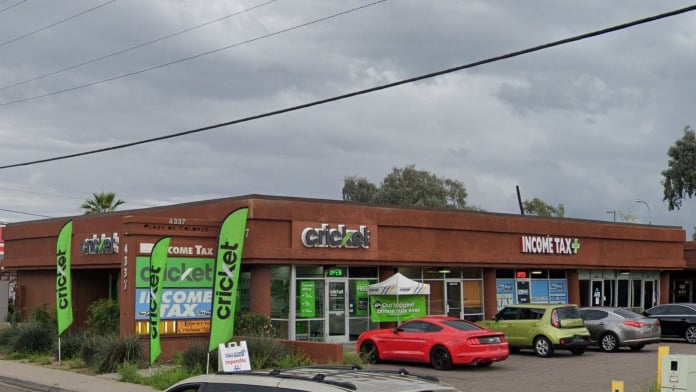 | Addiction Resources4337 West Indian School Road Suite 105 Phoenix AZ, 85031 | Payment Options:Self-pay options | ||
Aires121 W Florence Blvd Suite J Casa Casa Grande AZ, 85719 | ||||
Ak Chin Indian Community48227 West Farrell Road Maricopa AZ, 85139 | Payment Options:Financing available Free | |||
Alano Club145 E 1St Avenue, Mesa AZ, 85210 | Payment Options:Free | |||
Alano Club839 West Mingus Avenue Suite A, Cottonwood AZ, 86326 | Payment Options:Free | |||
 | Alcohol Recovery Solutions15215 South 48Th Street Suite 150 Phoenix AZ, 85044 | Payment Options:Private insurance Self-pay options | ||
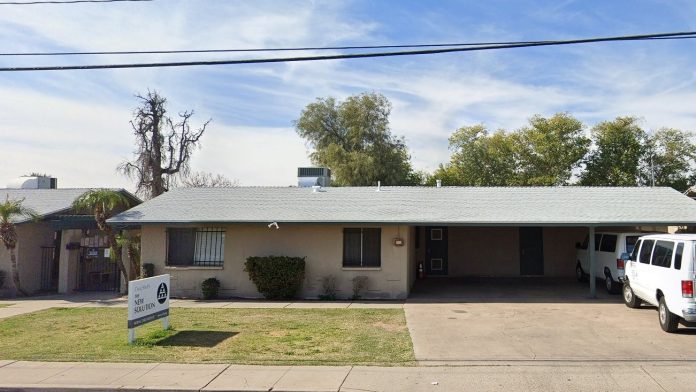 | Alcoholism & Addiction Assistance Association - 5A5A 4214 North Longview Avenue Phoenix AZ, 85014 | Payment Options:Self-pay options Monthly: $504 | ||
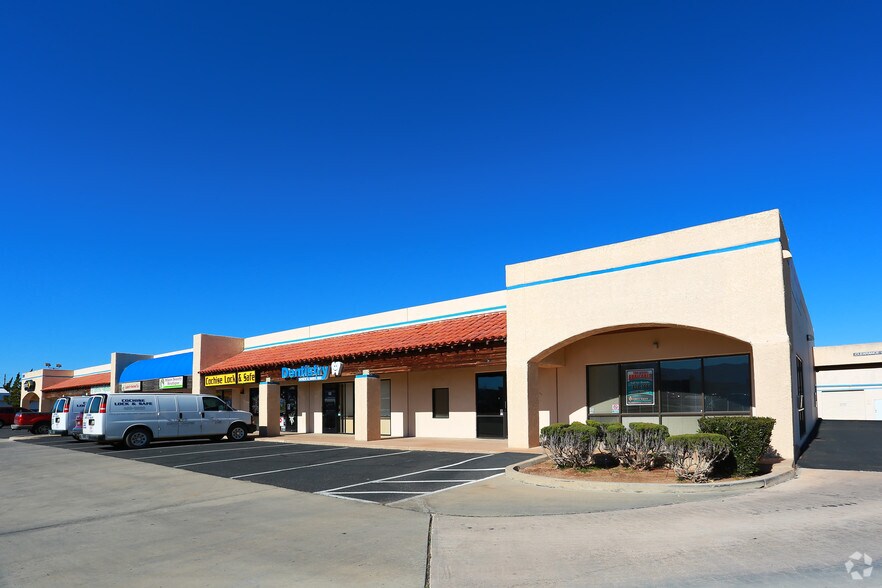 | Alternative Counseling Services - Sierra Vista, AZAlternative Counseling Services is a mental health care facility that offers comprehensive alcohol and drug rehabilitation for adults. The center specializes in providing various levels of care, including intensive outpatient (IOP), general outpatient (OP), and aftercare programs, with dedicated services for young adults and individuals dealing with co-occurring addiction and mental health issues.Key Features and Services: Intensive Outpatient Program (IOP): The IOP is tailored for clients who require high-level supervision and support, particularly those stepping down from inpatient care or at an increased risk of relapse. Key components include: Medical and mental health assessments Personalized care plans Referrals for higher-intensity inpatient treatment as needed Extensive individual, group, and family counseling Robust, recovery-focused life skills training General Outpatient Program (OP): The OP supports clients in maintaining their sobriety through ongoing addiction counseling, recovery education, and ancillary services designed to complement their recovery journey. Aftercare Programs: Aftercare services provide a complete continuum of care tailored to clients’ evolving needs. This may include: Step-down support Referrals for additional medical, mental health, and social service programs Insurance and Financial Options: Alternative Counseling Services may work with major insurance providers, including Aetna, Cigna, BlueCross BlueShield, and Humana. Clients are encouraged to contact their provider to verify coverage, as out-of-network benefits can vary. Conclusion: Alternative Counseling Services is dedicated to providing effective mental health care and addiction treatment for adults. With a focus on personalized care and a continuum of services, they aim to support clients in their recovery journey. For more information about their programs or to schedule an assessment, please contact Alternative Counseling Services directly. 999 E Fry Blvd # 305, Sierra Vista, AZ 85635 | Levels of Care:outpatientIntensive Outpatient (IOP)Aftercare Support Payment Options:Self-Pay Options Financial Aid | ||
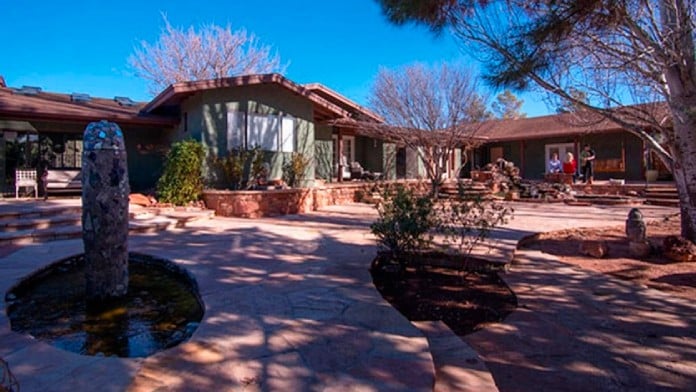 | Alternative to Meds CenterAlternative to Meds Center is a holistic alcohol and drug rehabilitation facility dedicated to providing comprehensive care for adults. The center offers a range of services, including withdrawal management, inpatient, outpatient, and aftercare programs, with specialized support available for various populations.Key Features and Services: Holistic Approach: The center emphasizes a holistic approach to recovery, addressing not just the symptoms of addiction but also the psychological, biochemical, and neurophysiological factors contributing to chemical dependency. Withdrawal Management Services: Alternative to Meds Center provides comprehensive withdrawal management services, including: Alcohol and drug detoxification Medication tapering and withdrawal The use of intravenous therapies and evidence-based alternative treatments is integral to their approach, including: Nutrition therapy Colon hydrotherapy Botanical/molecular therapy Acupuncture Residential Programs: Clients can engage in residential treatment in a highly supportive environment featuring luxury amenities, such as: Scenic desert surroundings with hiking trails An onsite spa and fitness center The program includes: Medical and mental health assessments Laboratory testing Personalized care plans Intensive individual, group, and family counseling Recovery-focused life-skills training A wide array of holistic healing methods and complementary therapies, including equine therapy, yoga, creative arts, Qi Gong, meditation, and massage, are also provided. Outpatient and Aftercare Services: The center offers outpatient and aftercare services to support a complete continuum of care aligned with clients\' evolving needs. These services include: Continuing counseling Recovery education Holistic therapies Peer support and referrals for additional services Licensing and Accreditation: Alternative to Meds Center is licensed by the state of Arizona and accredited by The Joint Commission, ensuring high standards of care. Insurance and Financial Assistance: The center works with most major insurance providers, including Aetna, Cigna, and BlueCross BlueShield. Clients are encouraged to contact their provider to verify coverage, as out-of-network benefits can vary. Conclusion: Alternative to Meds Center is committed to providing a holistic and supportive environment for individuals seeking recovery from addiction. With a focus on personalized care and a variety of therapeutic approaches, they aim to empower clients to achieve lasting wellness. For more information about their services or to schedule an assessment, please contact Alternative to Meds Center directly. 185 Roadrunner Dr, Sedona, AZ 86336 | Levels of Care:Inpatient Payment Options:Self-Pay Options Private insurance | ||
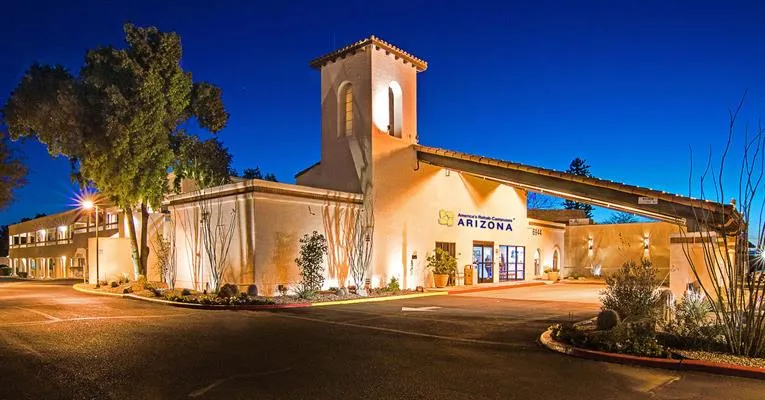 | America’s Rehab Campuses TucsonAmerica’s Rehab Campuses is a private drug and alcohol addiction treatment clinic dedicated to supporting adult clients with substance use disorders. They offer a range of services, including outpatient treatment and medication-assisted treatment (MAT).Key Features and Services: Outpatient Treatment: Clients can participate in outpatient treatment with a flexible schedule, allowing them to visit the clinic as needed for their recovery. Treatment is conducted in both individual and group settings, led by experienced staff members. Counseling and Support: Services include individual and group counseling, peer support, and the development of coping strategies, all designed to assist clients in their recovery journey. Medication-Assisted Treatment (MAT): MAT is a widely used method for treating opioid addiction. Clients may be prescribed FDA-approved medications such as methadone, buprenorphine, or naltrexone to help reduce cravings and withdrawal symptoms. MAT is combined with outpatient counseling, and all medication use is closely monitored by staff to ensure client safety. Accreditation: America’s Rehab Campuses is accredited by the Commission on Accreditation of Rehabilitation Facilities (CARF), reflecting their commitment to providing high-quality care. Conclusion: America\\\'s Rehab Campuses is dedicated to helping individuals overcome addiction through comprehensive outpatient services and medication-assisted treatment. Their supportive environment and experienced staff empower clients to achieve lasting recovery. For more information about their services or to schedule an appointment, please contact America’s Rehab Campuses directly. 6944 E Tanque Verde Rd, Tucson, AZ 85715 | Levels of Care:Partial Hospitalization Program (PHP)InpatientoutpatientMedically Assisted DetoxAftercare Support24-Hour Clinical Care Payment Options:Self-Pay Options Private insurance Military Insurance | 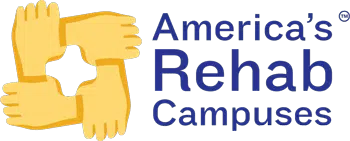 | |
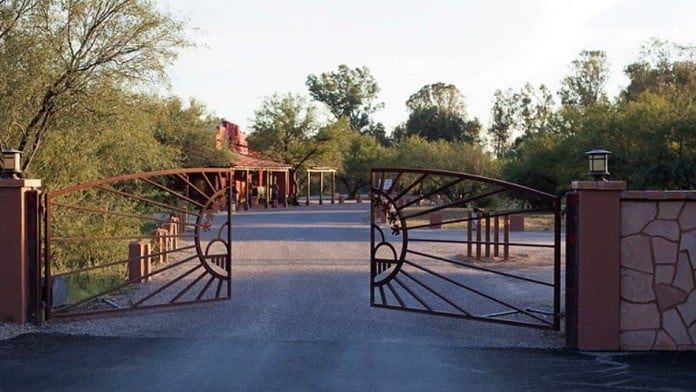 | Amity Foundation Circle Tree RanchAmity Foundation Circle Tree Ranch is a nonprofit residential alcohol and drug rehabilitation facility dedicated to providing comprehensive treatment for individuals struggling with substance use disorders. The center offers medication-assisted treatment (MAT) and specializes in treating dual diagnosis patients, catering to both men and women.Key Features and Services: Residential Treatment: The facility is situated on a 50-acre ranch, providing a tranquil environment for healing. Clients participate in a range of cultural experiences designed to enhance tolerance, moral development, and emotional literacy. Individualized Treatment Plans: Each client receives a personalized treatment plan tailored to their strengths, needs, and goals, exploring the root causes of addiction based on their experiences, gender, and age. Programs of Varying Lengths: Treatment programs are available in various durations, including 90 days, 7 months, 14 months, and even longer options, depending on individual needs. Inclusive Environment: Amity Foundation welcomes pregnant women, couples, families, and parents with young children. The facility is also accommodating to LGBT individuals, ensuring a supportive atmosphere for all clients. Holistic Activities: Clients engage in daily practice to change their normal reactions to emotional experiences. The center features an arts and crafts center, yoga classes, and a wellness center that promote overall well-being. Dual Diagnosis Care: For those with co-occurring disorders, such as depression, anxiety, bipolar disorder, PTSD, and eating disorders, the center provides integrated care to address both substance use and mental health challenges. Conclusion: Amity Foundation Circle Tree Ranch is committed to providing compassionate and effective treatment for individuals facing addiction and related issues. With a holistic approach and a focus on individualized care, they empower clients to achieve lasting recovery. For more information about their programs or to schedule an assessment, please contact Amity Foundation Circle Tree Ranch directly. 10500 E Tanque Verde Rd, Tucson, AZ 85749 | Levels of Care:Inpatient12-StepMedically Assisted Detox Payment Options:Medicaid Private insurance Self-Pay Options Financial Aid Military Insurance | 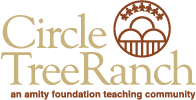 | |
 | Anasazi Foundation1424 South Stapley Drive Mesa AZ, 85204 | Payment Options:Private insurance Self-pay options Military insurance |
Find Arizona drug rehabs in cities near you or sort by letter.
Calls to any general helpline will be answered or returned by one of the treatment providers listed, each of which is a paid advertiser:
Our helpline is available 24 hours a day, 7 days a week at no cost to you and with no obligation for you to enter into treatment. We are committed to providing support and guidance whenever you need it.
In some cases, Addiction Helpline America charges our verified partner a modest cost per call. This fee helps us cover the costs of building and maintaining our website, ensuring that we can continue to offer this valuable service to those in need.